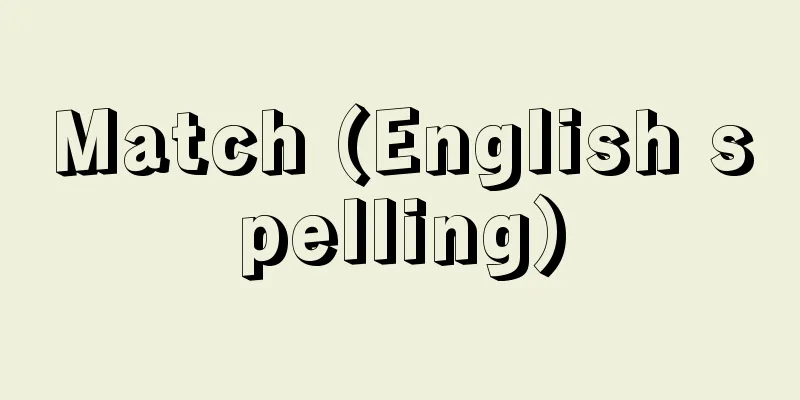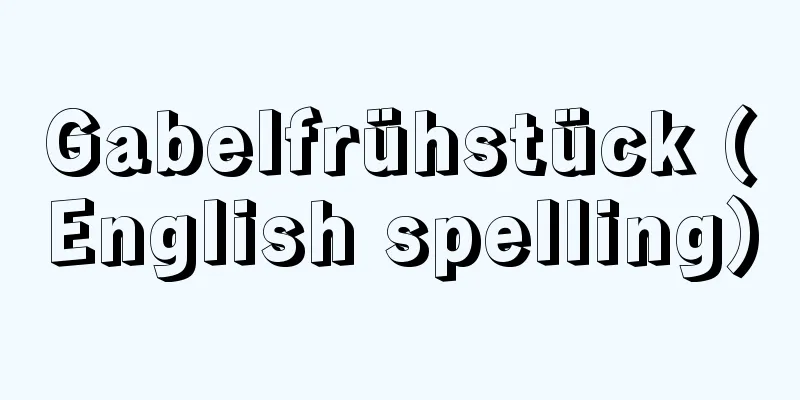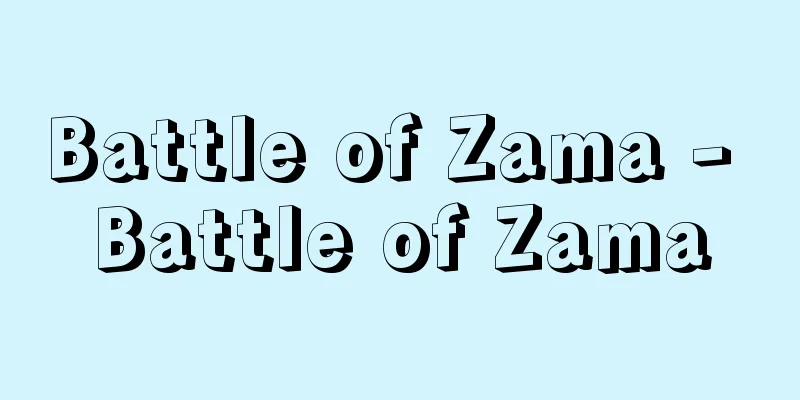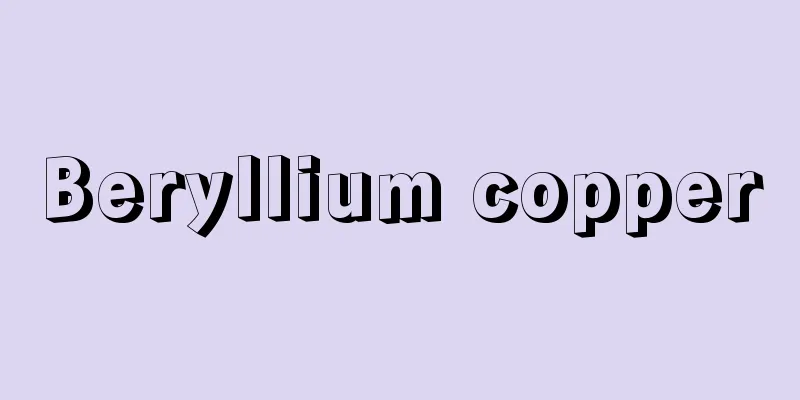Match (English spelling)

|
An ignition device consisting of a substance that ignites when rubbed against a thin piece of wood or cardboard or other combustible material attached to the tip. It consists of a head that ignites, a flammable material that catches fire easily, and a stick. Modern matches come in two types: (1) friction matches, which ignite wherever they are rubbed, and (2) safety matches. The head chemical of a friction match contains all the chemicals necessary to ignite through friction heat. The head chemical of a safety match must be much hotter than that of a friction match to ignite, and it must be rubbed against a side chemical to ignite it. A phosphorus compound is often used as a substance to ignite matches. This substance is contained in the head chemical of friction matches and the side chemical of safety matches. In 1805, Jean Chancel in Paris discovered that a piece of wood with a tip made of potassium chlorate, sugar, and rubber could ignite when immersed in sulfuric acid. In 1828, Samuel Jones in London patented the "Prometheus Match," which consisted of a glass bead filled with acid and coated on the outside with a pyrophoric compound that would set the wrapping on fire when the bead was crushed. Early matches were difficult to ignite, often produced a large amount of sparks, and also emitted an extremely unpleasant odor. The first inventor of the friction match was English chemist John Walker. Walker, who was also a pharmacist, recorded the first sale of a friction match on April 7, 1827. Walker's "Friction Lights" friction matches had tips coated with potassium chloride and antimony sulfide that ignited when rubbed between folded sandpaper. Walker did not patent the product. In 1831, a new method was developed to add yellow phosphorus (white phosphorus), and this revolutionary method quickly became popular. In 1835, lead oxide was used instead of potassium chloride to create matches that ignited quietly. In 1845, Austrian chemist Anton von Schroetter discovered red phosphorus, which was non-spontaneous and non-toxic, and this led to the development of safety matches, in which the ignition material was separated into a head powder and a backing powder. This method was patented in 1855 by Sweden's J.E. Lundström. While safety matches were widely accepted, yellow phosphorus matches continued to be in demand, but at the end of the 19th century, workers in yellow phosphorus match factories suffered serious poisoning, and yellow phosphorus was banned in most areas at the start of the 20th century. Most modern safety matches use antimony sulfide, an oxidizing substance such as potassium chloride, and sulfur or charcoal as the head powder, and red phosphorus as the backing powder. Matches other than safety matches usually use phosphorus sulfide, which is much less toxic than yellow phosphorus, as the head powder. Source: Encyclopaedia Britannica Concise Encyclopedia About Encyclopaedia Britannica Concise Encyclopedia Information |
|
細長い木片や厚紙などの可燃物質の先端に,摩擦で発火する物質をつけた発火用具。発火する頭薬,火が燃え移りやすい引火性の物質,軸木からなる。現代のマッチには,(1) どこにこすりつけても発火する摩擦マッチと,(2) 安全マッチがある。摩擦マッチの頭薬には,摩擦熱で発火するのに必要な化学物質がすべて含まれている。安全マッチの頭薬は摩擦マッチよりはるかに高温でなければ発火せず,また発火させるための側薬とこすり合わせる必要がある。マッチを発火させる物質としてよく用いられるのが,リン化合物である。摩擦マッチの頭薬と安全マッチの側薬に,この物質が含まれている。 1805年,パリでジャン・シャンセルが,塩素酸カリウムと砂糖とゴムを先端につけた木片を硫酸に浸すと発火することを発見した。 1828年にロンドンのサミュエル・ジョーンズが特許を取得した「プロメテウス・マッチ」は,酸を入れたガラス球の外側を発火性の合成物で覆ったもので,ガラス球をつぶすと包み紙に火がつく仕組みだった。初期のマッチはなかなか発火せず,たびたび大量の火花を噴き上げ,さらにきわめて不快な臭いを発した。摩擦マッチを最初に発明したのは,イギリスの化学者ジョン・ウォーカーだった。薬剤師でもあったウォーカーの帳簿には,1827年4月7日付で摩擦マッチの最初の売り上げが記録されている。ウォーカーの摩擦マッチ「フリクション・ライツ」は先端部に塩化カリウムと硫化アンチモンを塗布したもので,二つ折りにした紙やすりに挟んでこすると発火した。ウォーカーはこの商品の特許を取得しなかった。 1831年に黄リン (白リン) を加えた製法が開発されると,この画期的製法はたちまち広まった。 1835年には,塩化カリウムの代わりに酸化鉛を用い,静かに発火するマッチが実現した。 1845年,オーストリアの化学者アントン・フォン・シュロッターが,自然発火せず毒性のない赤リンを発見,これにより,発火物質を頭薬と側薬に分けた安全マッチが開発された。この手法の特許は,1855年にスウェーデンの J.E.ルンドストレームが取得している。安全マッチが広く受け入れられる一方,黄リンマッチの需要も続いていたが,19世紀末,黄リンマッチ工場の作業員に重篤な中毒が認められ,20世紀に入ると黄リンはほとんどの地域で禁止された。現代の安全マッチの多くは,頭薬に硫化アンチモンと,塩化カリウムなどの酸化物質,そして硫黄または木炭を使用し,側薬に赤リンを使用している。安全マッチ以外のマッチは通常,頭薬に黄リンよりはるかに毒性の低い硫化リンを使用している。 出典 ブリタニカ国際大百科事典 小項目事典ブリタニカ国際大百科事典 小項目事典について 情報 |
Recommend
African art - African art (English spelling)
Art of the African continent. Excludes Egyptian ar...
Ujidono - Ujidono
…In 1872 (Engaku 4), he became a monk and adopted...
pasteurization
...The process of sterilizing food by holding it ...
Continuous casting
Molten steel is poured into a water-cooled copper...
Amia
…The teleosts are the most common fish today, acc...
Sachsen (tribe) (English spelling) Sachsen
...there were three groups: the East Germanic tri...
Audience - Eh?
〘Independent verb change〙 Essu 〘Independent verb c...
"Kishiruikou" - Kishiruikou
…He passed the local examination in the 6th year ...
Joseph, S.
...It was only in the 20th century that it starte...
Ammeter
〘 noun 〙 (ammeter, ammetre) = ampere meter (━meter...
Azolla japonica (English spelling) Azollajaponica
…[Masahiro Kato]. . . *Some of the terminology th...
Under-reporting penalty tax
…There are four types of additional taxes: (1) An...
CWS
...Mixing with liquids is the main issue in terms...
China-North Korea Facts
A book written by Yamaga Soko, a Confucian schola...
Haji clan
Tomo no Miyatsuko clan of the Hajibe clan. Their ...









